I’d like to share my thoughts on gathering food for long term wilderness survival. I’ve seen many people building a long term Bug Out Bag or INCH bag thinking that they can just live off the wilderness indefinitely.
This article is what I wish I was told before embarking into the forest. I’ll be frank, I truly believe one can do this as part of a well prepared group, and I’ve gone on a survival expedition to learn how it would be like, and how to prepare for a longer adventure as well.
I’m obsessed with wilderness living as an adventurer, not because I want to prepare for the collapse of civilization. The slow part of the collapse is already here, we’re in the sixth mass extinction, our current economic inequality is unprecedented, the world is overpopulated with humans… Did I mention global warming?
The thing is this: unless you really want to go live in the forest now because it’s your life long dream, you should forget about living off the wild.
If you would love to live as a hunter gatherer then I hope you can find this article useful. I know that the vast majority of people writing about long term wilderness survival or even preparing for it, have no idea what it would be like.
When I was preparing for my 2016 adventure I didn’t know either. I just prepared as best as I could and embraced the unknown. But I did it with meagre rations that would have prevented us from starving to death if we couldn’t gather enough food. Nevertheless, we still starved at times.
Recreation is Not Survival
Just because you are an experienced hunter, angler, or trapper it doesn’t mean you know how to live long term using only what’s in your pack.
Your experience would definitely come in handy, but what happens if you are a trapper used to #220 conibear traps and find yourself without them just like Dan Wowak in season 3 of Alone. What happens if you are an experienced angler but have no bait? Or the weather is not good for fishing? What if your survival bow breaks?
In addition to all those what if scenarios, hunting and gathering for recreation is not completely comparable to hunting and gathering for subsistence. Just like having a small vegetable garden in your backyard is different than having a farm than can feed you year round.
A big reason for this difference is the lack of motorized vehicles, be it a boat, truck, atv, or snowmobile. Having access to motor vehicles hugely multiples your gathering potential.
Another big difference is that the most abundant places in nature are transition zones. This zones are the best places for hunting gathering and trapping. If you live in a remote forest, you don’t have as much access to transition zones, which adds to the challenge.
There are many other differences between gathering foods in the wilderness and gathering wild foods for recreation. I suggest you really think hard about them, if you want to live off the wild.
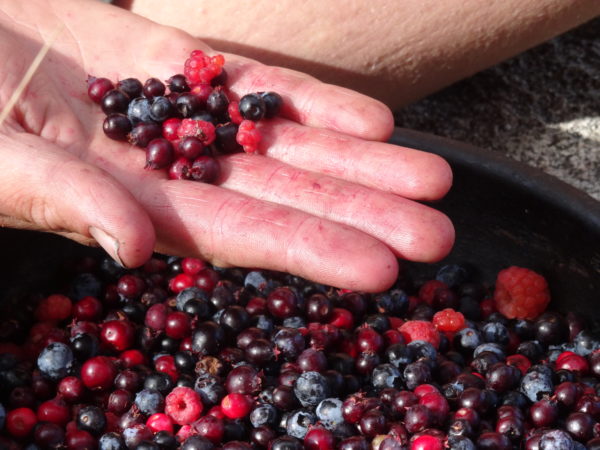
Timing is Everything
So what is the reality of gathering wild foods? The reality is that it’s all seasonal. You won’t find berries year round, you won’t be able to catch the same quantity of fish throughout the year etc.
This seasonality means you must have a certain continuity, and a plan. Wendigo or starvation continually stalked many indigenous hunter gatherer groups in the northern forests. They carried the collective experience of hundreds of generations of hunter gatherers, yet they often starved.
That’s the reality of wilderness living. Life is tough. If a wild animal breaks a leg, then it will probably die shortly. I’m not saying life in the wild is brutish, just that it’s not a piece of cake.
Tropical and coastal places are different, the availability of food is more constant, but hunter gatherers there can still go weeks without substantial food.
In my bioregion wild rice was the most valued food. The year started during its harvest. Hunter gatherers would ration it throughout the year to complement their other wild foods. That’s one of the main principles of wilderness living, you must ration your food and think long term.
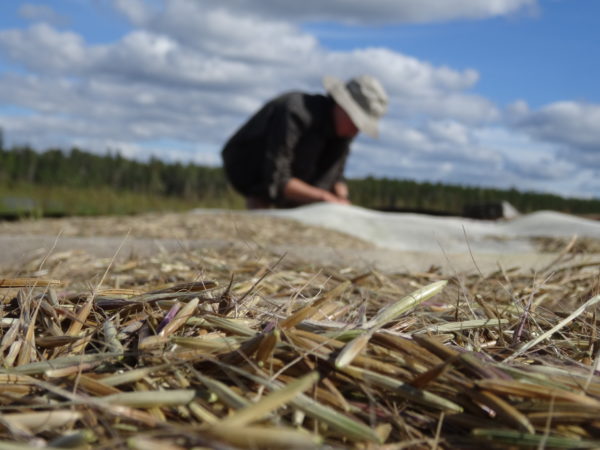
Few Food Staples
The second reality of gathering wild foods is that the majority of your energy will come from just a few staples. There is no need to learn every wild edible out there, although I encourage you. You must identify the truly abundant staples that can feed you in an almost industrial scale. In my area they would have been bison (wiped out), wild rice, moose, deer, and fish.
Berries, beans, maize, squash, and small animals would complement a diet, but they wouldn’t sustain gatherer groups due to their scarcity. The common denominator with the main staples is that they are relatively easy to gather and provide vast quantities of calories or fat.
You must study these staples closely, and find a way to acquire them when they are easy to hunt/trap/gather and when they have the largest amount of fat. Timing is everything.
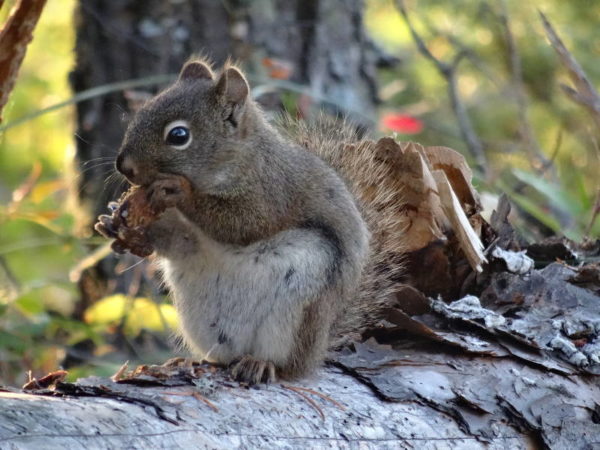
Forget about Small Game
It is a widespread notion that for short term wilderness survival the focus should be in gathering small animals. Well, for long term survival the opposite is true. Fish is an exception to this, but that’s because fish are very plentiful and have some meat in their bones.
Do you think past hunter gatherers from your area subsisted on rabbits, squirrels, and mushrooms? It is more likely that they subsisted on something like buffalo, acorns and/or fish. Despite hunting small game like lizards, the Kalahari hunter gatherers really subsist on nuts and the occasional large mammal.
Yes, you should still try to hunt/trap small game, but as a nutritional supplement or snack. Think about the calories.
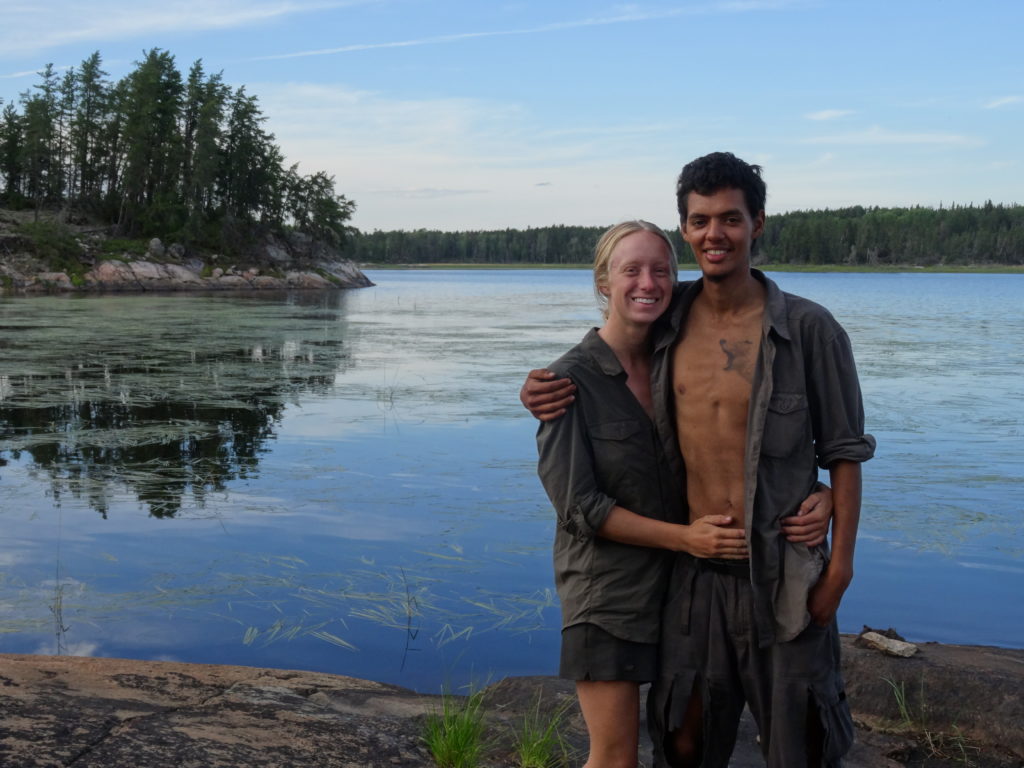
There Will be Lean Times
Nature will provide you with feast and famine. When we where in the Boreal forest we had a huge storm that disrupted our food supply for days; we couldn’t catch fish. Because of constant changes in nature, you should prepare to have lean times. Just like every other animal around you. There will be times when you can’t catch a fish, or when the wild rice around you fails to ripen.
This is why the next idea is so important.
Think Big
In a long term wilderness survival scenario you’ll need to think about food gathering methods that will yield a lot of food; one fish a day won’t cut it. You must get out of the recreational mindset and think almost industrially.
This means exchanging your fishing rod for gill nets or cast nets depending on your area, and focusing on traps that are easy to make or set, require minimal maintenance, are easy to bait, or need no bait at all (I’m still looking for them).
For instance the Salish Peoples didn’t use fishing rods as their main way of catching fish, they used big weirs that could collect lots and lots of fish. They wouldn’t focus on hunting squirrels as much as hunting bears.
There’s no “I” in Team
This is an extremely important point. Humans are meant to work in tribes. Don’t expect to be able to survive alone in the wild. We know how that eventually ends (Into the Wild). I’ve written an article about why I think 8 physically-fit adults is the recommended size for a team attempting to live off the wild indefinitely. One or two people could do it for a year but that would be pushing it, a lot.
Hunting, fishing, gathering, and trapping is hard work. Sometimes you need to do all of them at once, and on top of that gather firewood, prepare, cook, and preserve food. This is why having a group of people is so important. The mountain men and hermits all have or had flour and grains to sustain them. Living in groups is the only sustainable way.
Those are a few realities on gathering wild foods for subsistence.
The truth is that it’s much much harder than it seems. It requires a subsistence mindset, a lot of preparation, and a team.

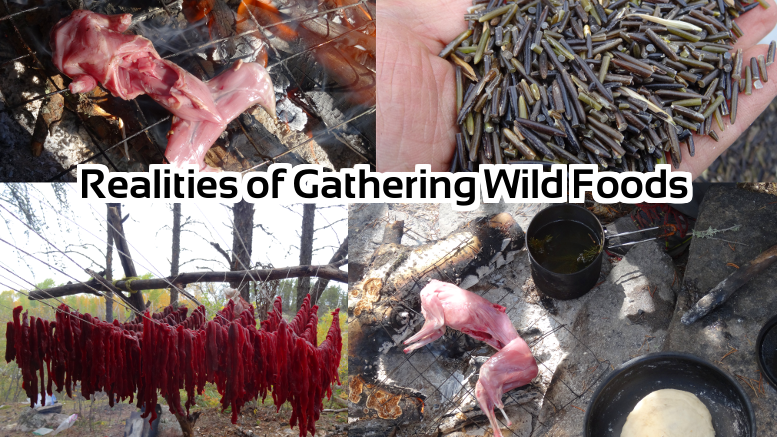
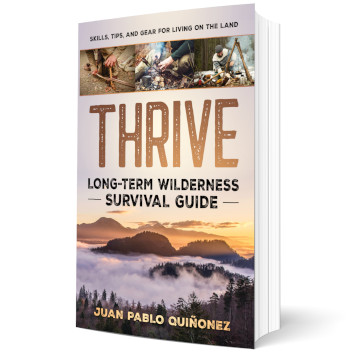
Another major element in the hunter-gatherer life style is that the wild land cannot support very many people. Back when the Indians were living the hunter-gatherer life, there were very few of them per hundred square miles. Wild edibles don’t produce tons of calories. That’s one reason ancient mankind domesticated grain crops.
If things go bad, there are far too many people (even if they have the skills) for the natural landscape to support them. Even the Indians of 300 years ago had figured that out. They farmed too. They had fields of corn, beans, and squash to supplement what they could hunt and gather.
Better plan on being a farmer too, not just a gatherer.
— Mic
My uncle told me all game in Ohio was gone in 18 months after the crash of 1929. Nothing was left to eat. He started riding the rails at 15 years old, just to find something to eat.
In a SHTF situation without the power to pump a water supply around to dwellings the rivers, streams,wells and whatever rain you can collect will determine where people live , how many can be sustained and for how long .
Thank you for writing this article. It would be of great help if the area’s resources were previously researched for exploration of ALL potential foods and how to prepare and store them for consumption. The American Indian was born and raised in their environment, taught by their elders on how to do this – and STILL sometimes starved because of circumstances beyond their control. Nature can be very cruel.